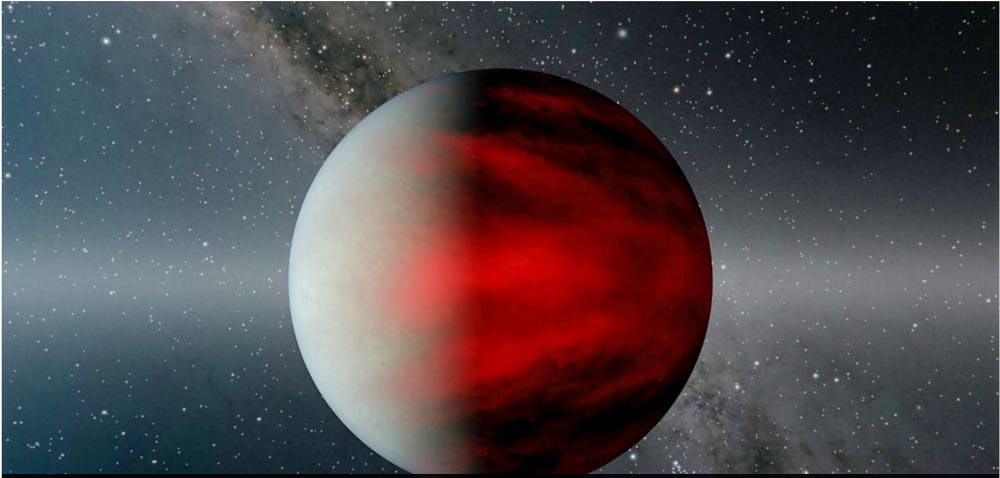Beyond the bounds of Earth’s solar system, exoplanets revolve in space and are the target planets of ongoing research efforts, including those of Professor of Physics Gregory Tucker. Tucker is leading a team of Brown students to build key parts of the Exoplanet Climate Infrared Telescope, aptly referred to as EXCITE.
The major components of the telescope are being built in a collaboration between the University, NASA’s Goddard Space Flight Center, Arizona State University and the University of Toronto, said Peter Nagler PhD ’17, principal investigator of the project and NASA researcher.
The EXCITE instrument and telescope “involves a balloon-borne experiment to look at the atmospheres of exoplanets,” Tucker said. The EXCITE will initially remain in flight for 14 days at a time, in contrast to space telescopes like the Hubble that travel through space for longer periods of time.
EXCITE will use spectroscopic observation — the study of how objects interact with wavelengths of, in this case, near-infrared radiation — to continuously analyze these hot exoplanets for multiple days, according to Tucker. Given researchers’ limited access to space telescopes such as the Hubble or the James Webb Space Telescope, having many days to trace out entire orbits of planets by using the EXCITE is of great value, Tucker added.
EXCITE is designed to measure the radiation absorption and emission of very hot planets, which may shed light on the planets’ composition. “Ours is a purpose-built instrument,” Nagler said. “We can get a lot of information from watching (the planets) orbit their host stars for entire orbits at a time” over the course of multiple days.
The class of exoplanets the researchers hope to look at is called a “hot Jupiter,” which are exoplanets that are physically similar to Jupiter but with orbits closer to their suns, resulting in short orbital periods and high surface-atmosphere temperatures.
“They’re of a similar size, and they’re gaseous like the Jupiter in our solar system, but they’re a lot closer to their suns than our Jupiter,” said Tim Rehm, a second-year University PhD student working with Tucker on the project. “Because they’re so close and they get so hot, we can analyze signatures in the atmosphere as the host star’s light passes through it.” The researchers aim to identify which signatures, or elements, make up the planets’ atmospheric composition, such as water and carbon monoxide.
“Brown is currently focusing on the cryostat, which is the tool that will keep the (spectrometer) at temperatures that we need,” said David Grinstead ’23, who is modeling temperature effects on the telescope’s instruments as part of Tucker’s lab. The optics and detectors need to be cooled down to a certain temperature to effectively collect data, he added.
The University researchers are also working on developing the analysis pipeline — software for processing data collected by the instruments — and integrating the research efforts of teams at other institutions who are collaborating on EXCITE.
Once built, EXCITE will be able to fly above 99 percent of Earth’s atmosphere to get precise data from exoplanets. “EXCITE is going to get to spacelike conditions to give us the precision we need,” said Brian Kilpatrick PhD ’19, exoplanet science fellow at the Space Telescope Science Institute. It’s also “much less expensive to do a balloon-based program” than using a space telescope.
“What’s really interesting is that we’re going to learn about the three dimensional structure of these atmospheres, … the chemistry of these planets, what the circulatory winds are like, and there’s really no other way to get this kind of information,” Kilpatrick added.
“We’d like to understand how to (eventually) measure the atmospheres of Exo-Earths, Earths outside of our solar system,” Tucker said. In the meantime, the researchers continue their design process, hoping for a test flight in three to four years.

Jared is a Senior Staff Writer for Science and Research. He is a senior from Albuquerque, New Mexico studying physiology and biotechnology. Outside of The Herald he likes to fish, ride bikes and research the role of metals in human health and disease.





